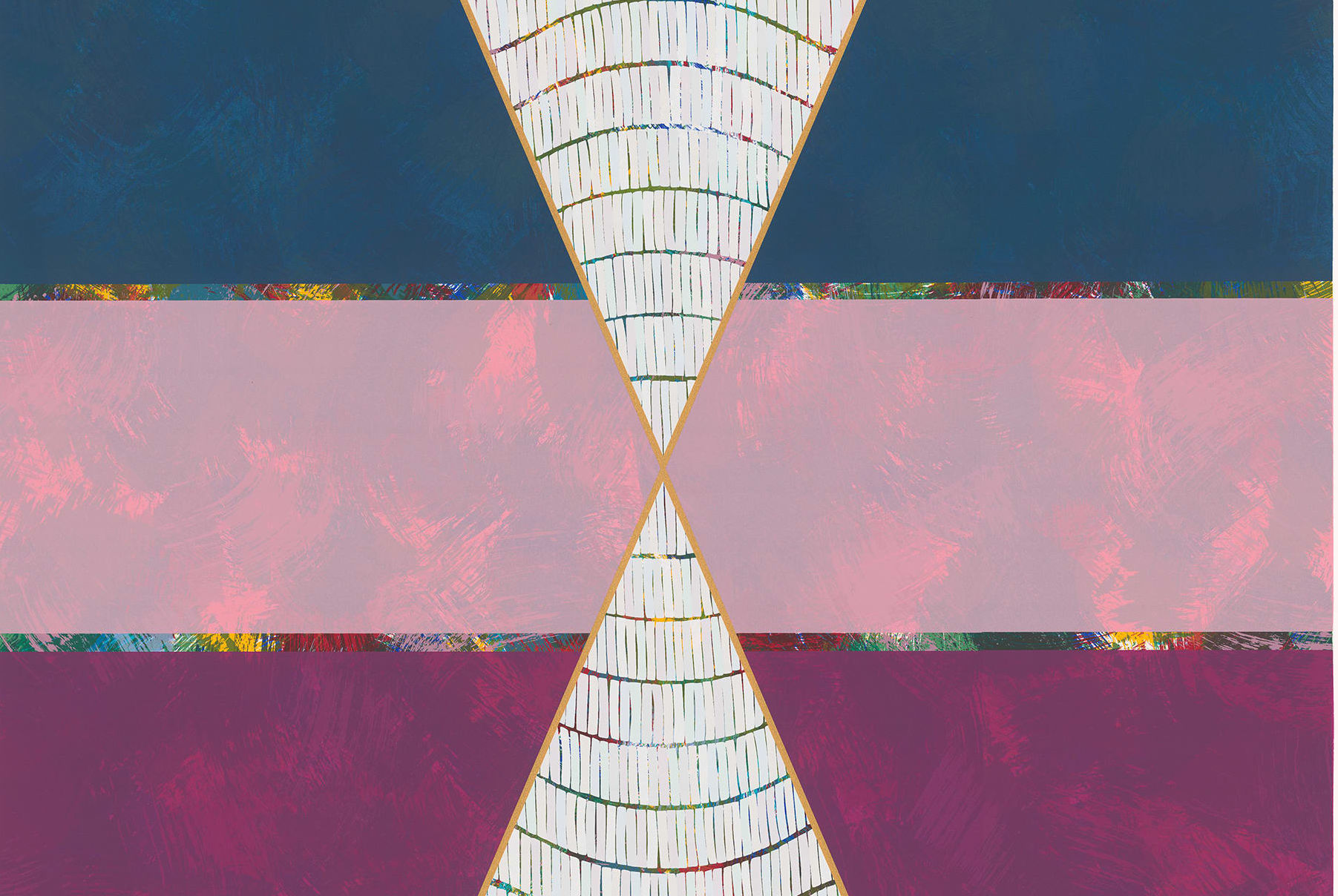'Reclaiming Home,' Featuring Contemporary Work by Native American Artists, Is Now on View at The Ringling
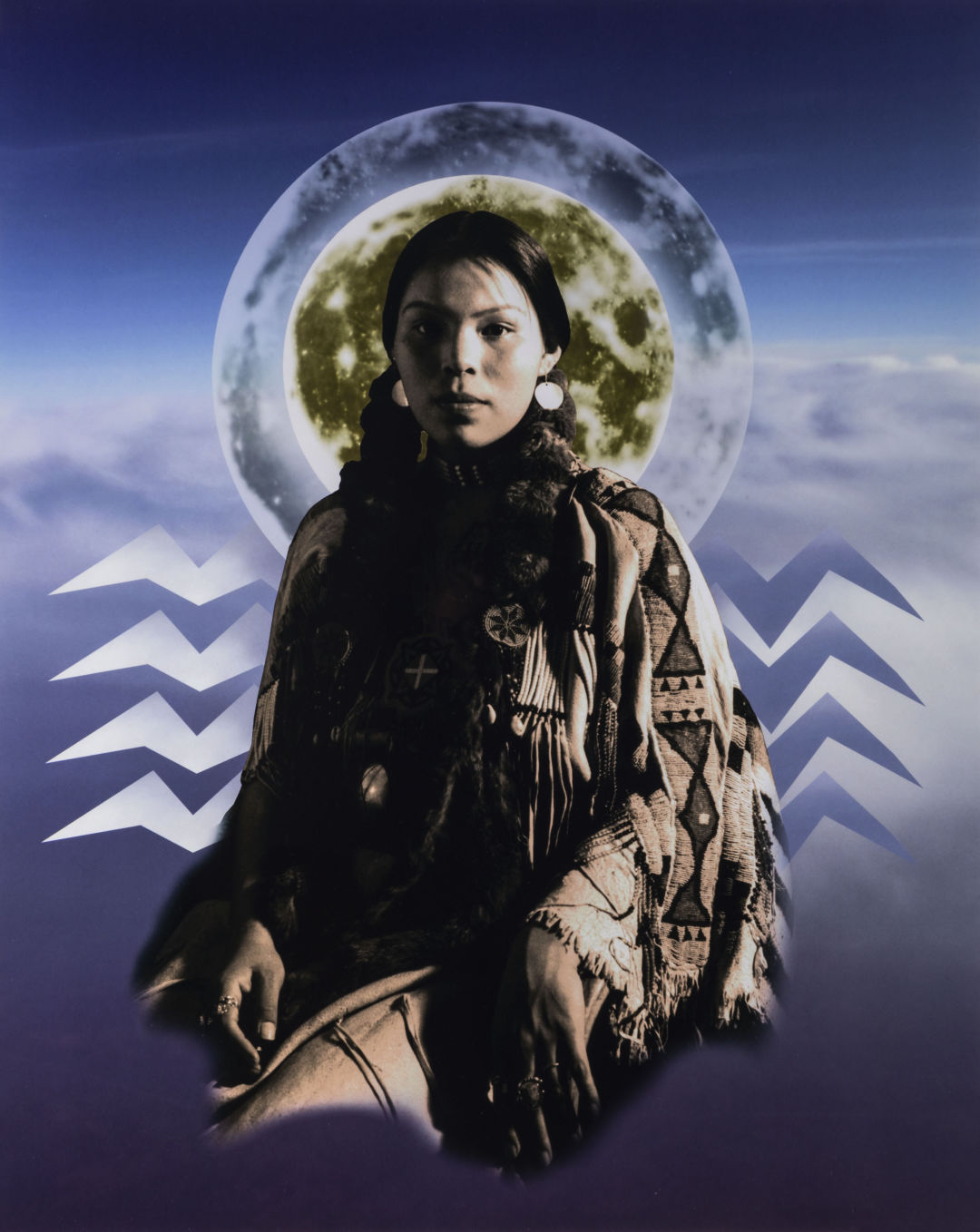
Hulleah J. Tsinhnahjinnie (Taskigi/Diné [Navajo]/Seminole, b. 1954), Portraits Against Amnesia: Idelia, 2002. Digital platinum Lambda print, 30 × 20 in. Collections of the Eiteljorg Museum of American Indians and Western Art, Museum purchase from the Eiteljorg Fellowship for Native American Fine Art, 2003.14.9. Courtesy of the artist and the Eiteljorg Museum of American Indians and Western Art, Indianapolis, IN.
Image: Hulleah J. Tsinhnahjinnie
When Ringling Museum curator of modern and contemporary art Ola Wlusek came on board at the institution in 2018, one of her first tasks was to search through the collection, and past exhibition schedules, to see what gaps there might be. One that she quickly found: the lack of any Native American art. She and the museum have remedied that with the exhibition Reclaiming Home: Contemporary Seminole Art, on view through Sept. 4 in the Searing West Galleries, the first Ringling show ever to focus on the subject.
Reclaiming Home, which occupies several galleries and features the works of 12 artists altogether, isn’t “thematically focused on any particular issue or concern within Native American culture,” Wlusek says. “It’s more to demonstrate the breadth and depth of issues, explored within the artworks, that affect Native communities.”
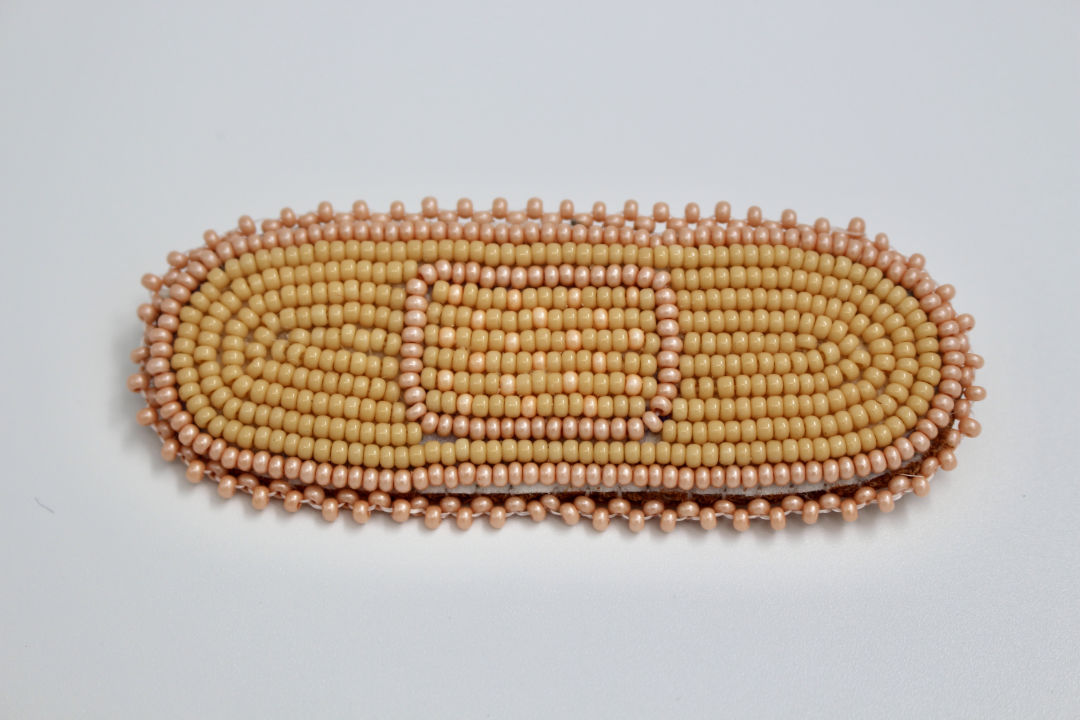
Corinne Zepeda (Seminole/Mexican, b. 1997), For Your Trauma, 2020. Seed beads on leather with pin attachment, 3 × 1 in. Courtesy of the artist.
Image: Corinne Zepeda
To that end, Wlusek worked with the Ah-Tah-Thi-Ki Museum of Seminole culture and history on the Big Cypress Reservation in Clewiston, as well as visiting the Marco Island Historical Museum and the studios of individual artists, to present a wide range of styles, media and content. Those roaming the gallery spaces at the Ringling will find everything from traditional beadwork with a twist (say, the bandolier bags of Brian Zepeda) to paintings of the Everglades by the late artist and Vietnam vet Noah Billie to the graffiti and street art-influenced work of Wilson Bowers to a room filled with The Last Supper, where artist C. Maxx Stevens presents sobering statistics and images related to the devastatingly high rates of diabetes among Native American tribes.
There are also video and digital art, multimedia pieces by Alyssa Osceola, ceramic bas-reliefs by Jessica Osceola (whose work has been acquired for the museum’s collection) and even a dugout canoe, beautifully realized by Pedro Zepeda.
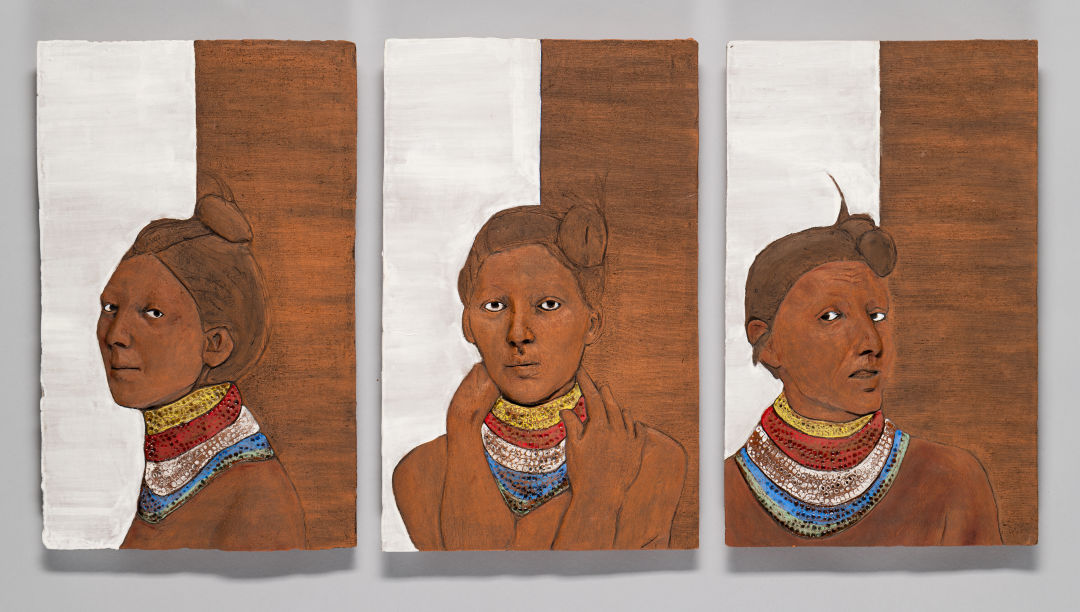
Jessica Osceola (Seminole/Irish, b. 1984), Portrait One, Portrait Two, and Portrait Three (detail), 2017, bas-relief ceramic, 19 7/8 × 12 3/8 × 13/16 in. Collection of The John & Mable Ringling Museum of Art, Florida State University, purchased with the support of Daniel J. Denton Florida Art Acquisition Fund., 2022, 2022.8.3. Courtesy of the artist and The John & Mable Ringling Museum of Art.
Image: Jessica Osceola
For Osceola, who has been creating art “since I was able,” and who became a full-time studio artist in 2016 after receiving her master’s degree, “it was a great honor to have my work in the collections at the Ringling and meet with Dan Denton [founder of Sarasota Magazine], who donated the funds for the purchase,” she says. Osceola, who also works in textiles, photography, wood carving and sustainable art techniques, adds that the exhibition and acquisition are a “long overdue connection for both the Ringling and the Seminole people. I’m glad that Ola was able to discover the disconnects and be the catalyst for this conversation and future developments.”
Most of the artists represented here are from Florida’s Seminole and Miccosukee tribes, but there are also creators whose ancestors were forced to leave the state, ending up in Oklahoma or elsewhere out West. “We wanted to include artists of mixed lineage, too,” says Wlusek, “some of whom define themselves as intertribal. We have artists who live on the reservation here, but also urban ones who live in Tampa. Some have been included in touring exhibits of Southeastern art and have been established for decades now; some have shown locally and regionally at historical museums in Florida. What the artists are teaching me is the different complexities of whom the Seminole are in Florida. We are now a museum that emphasizes their voices.”
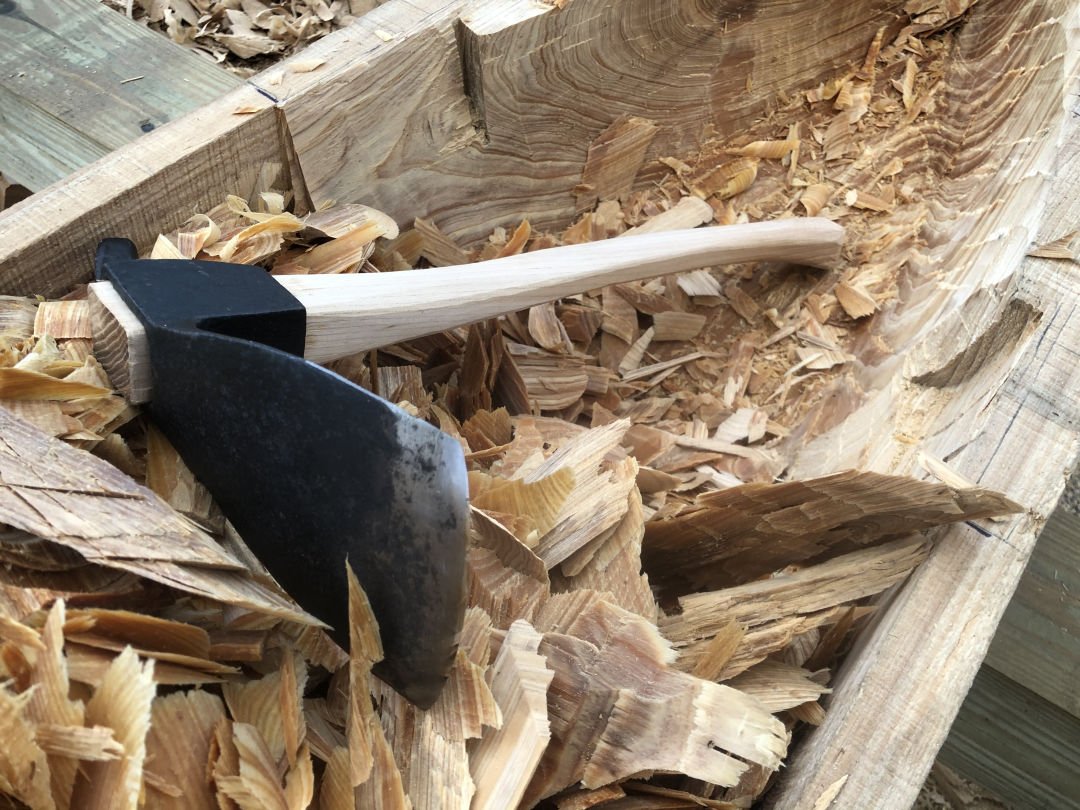
Pedro Zepeda (Seminole/Mexican, b. 1982), Cypress Canoe, 2022. Cypress wood, 198 × 21 × 19 in. Courtesy of the artist.
Image: Pedro Zepeda
Wlusek also emphasizes how contemporary the works are. Traditional forms are mixed with more contemporary modes. "It has installation art. It has sound, it has skateboards and patchwork and a canoe based on traditional techniques. It’s very fresh," she says.
And Wlusek intends to pursue and present more Native American art and shows in the future. “This is a long time coming, and important to include for our contemporary collection,” she says. “I hope we can keep adding Native American artwork to the collection, and I hope it’s an inspiration to other museums. There are so many more Native American artists doing great work that should be shown. This isn’t a checkmark, like, ‘We did it once and we’re moving on.’ This is just the beginning.”
For more information on Reclaiming Home: Contemporary Seminole Art, visit ringling.org.


